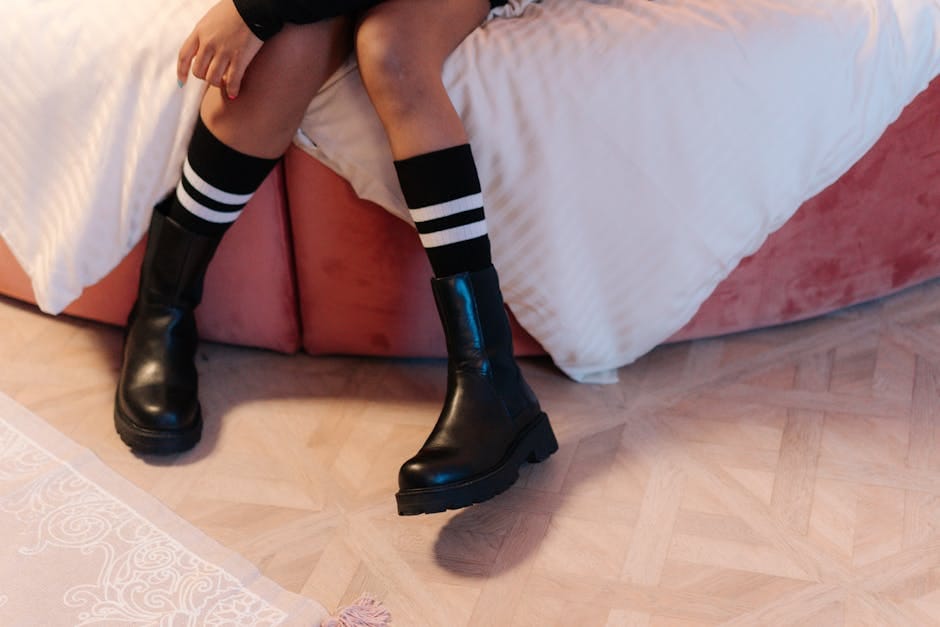Footwear has been an integral part of human attire since the dawn of civilization. From humble beginnings as mere coverings for the feet to intricate masterpieces adorning royal courts, shoes have evolved into a symbol of both necessity and expression.
In ancient times, footwear served primarily to protect the feet from the elements and rough terrain. Sandals made from animal hide or woven plant fibers were common in warm climates, while boots of leather or felt provided warmth in colder regions. As societies grew more complex, footwear became increasingly elaborate, reflecting the status and wealth of its wearers.
In the ancient world, sandals were often adorned with intricate embroidery or precious metals. Egyptians, known for their love of luxury, wore sandals made from papyrus, leather, or even gold. The Greeks and Romans developed a variety of sandals, each suited to a specific purpose or occasion. Gladiators wore sturdy sandals called caligae, while wealthy citizens favored intricately designed sandals known as cothurni.
During the Middle Ages, footwear became more enclosed and substantial. Boots made of leather or fur were essential for navigating the muddy streets of medieval cities. For knights and nobles, boots were often decorated with spurs or other embellishments. For women, shoes evolved from simple slippers to elaborate creations made from velvet, silk, or brocade.
The Renaissance witnessed a renaissance in footwear fashion. Shoemakers began to experiment with new designs and materials, creating shoes that were both stylish and functional. High heels became popular among women, and elaborate boots adorned with embroidery and jewels were favored by both men and women.
In the 17th century, shoes became more extravagant than ever. Heels grew even higher, and shoes were often adorned with ribbons, lace, and gemstones. The French court was particularly known for its love of elaborate footwear. King Louis XIV, known as the "Sun King," was said to have owned over 2,000 pairs of shoes.
The 18th century saw a return to more practical footwear. Heels became lower, and shoes were designed for comfort and durability. Boots and clogs became popular in rural areas, while leather shoes were favored in urban areas.
In the 19th century, the Industrial Revolution brought about new technologies and materials that transformed footwear production. Rubber was introduced, allowing for the production of waterproof and durable shoes. The invention of the sewing machine made it possible to mass-produce shoes, making them more affordable for the general public.
The 20th century witnessed a proliferation of footwear styles, from the classic high heels of the 1950s to the platform shoes of the 1970s. Athletic shoes became increasingly popular as sports and fitness gained widespread popularity. Today, footwear is a multi-billion dollar industry, with countless styles and designs available to suit every taste and occasion.
Footwear has come a long way from its humble beginnings, evolving into a symbol of both necessity and expression. From ancient sandals to modern high-tech sneakers, shoes have played a vital role in human history and continue to shape our fashion and culture today.

